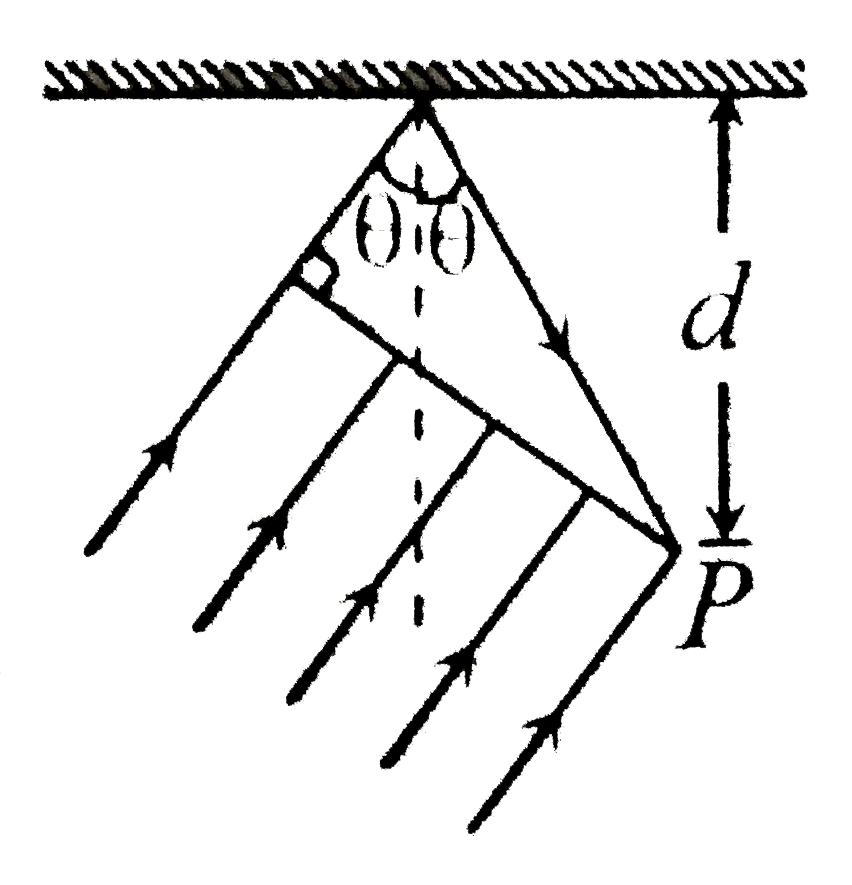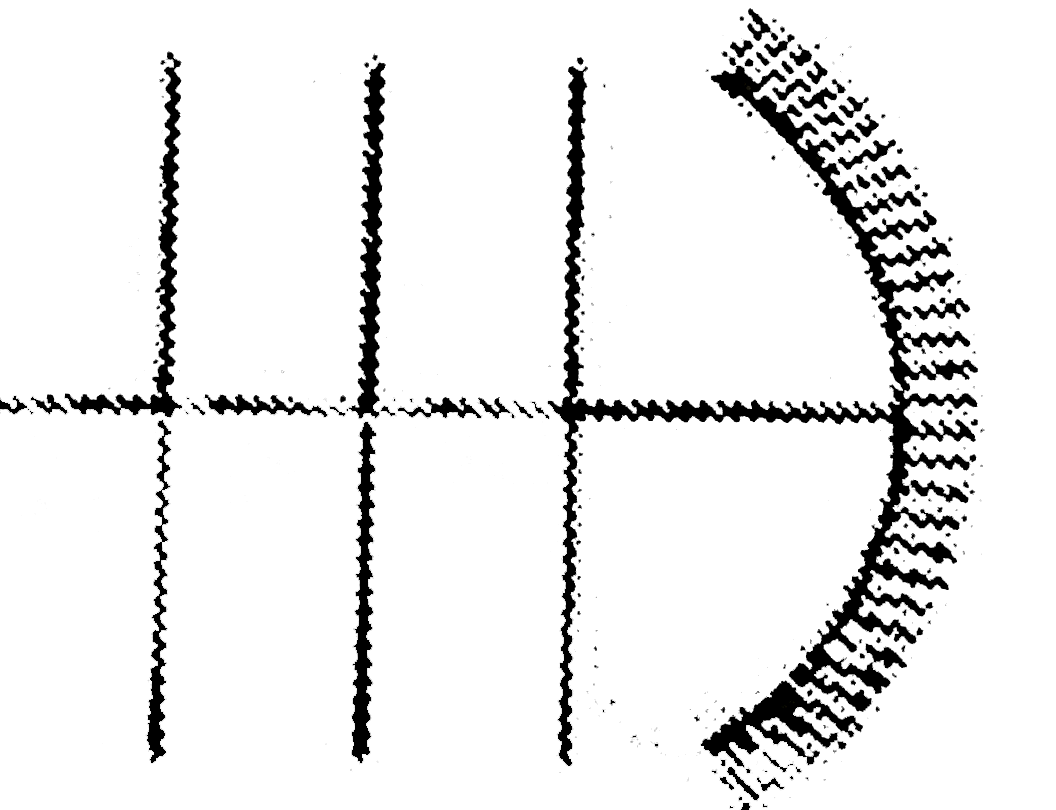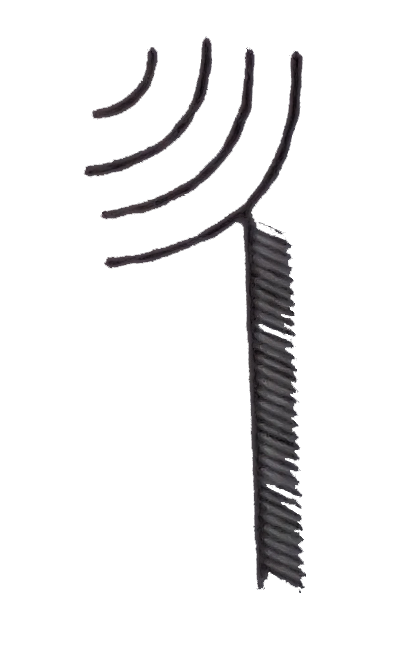A : The geometrical shape of the wave front when a wavefront passes through a convex lens will be again plane wave front
R : Whne a plane wave front is reflected by a concave mirror, it remains as plane wavefront.
Both A and R are true and R is the correct explanation of A
Both A and R are true and R is not the correct explanation of A
A is true and R is false
Both A and R are false
The correct Answer is:D
To analyze the statements A and R regarding wavefronts and their behavior when passing through a convex lens and reflecting off a concave mirror, we need to evaluate each statement separately.
1. Understanding Statement A:
- Statement A claims that "the geometrical shape of the wave front when a wavefront passes through a convex lens will be again a plane wave front."
- When a plane wavefront passes through a convex lens, it converges to a point after passing through the lens. This means that the wavefront changes from a plane wavefront to a spherical wavefront as it converges. Therefore, Statement A is False.
2. Understanding Statement R:
- Statement R claims that "when a plane wave front is reflected by a concave mirror, it remains as a plane wavefront."
- When a plane wavefront strikes a concave mirror, it reflects and converges to a focal point, creating a spherical wavefront after reflection. Thus, the wavefront does not remain plane; it changes to a spherical wavefront. Therefore, Statement R is also False.
3. Conclusion:
- Both statements A and R are false. Therefore, the correct answer is that both statements are incorrect.
Final Answer:
Both A and R are false.
---
- Statement A claims that "the geometrical shape of the wave front when a wavefront passes through a convex lens will be again a plane wave front."
- When a plane wavefront passes through a convex lens, it converges to a point after passing through the lens. This means that the wavefront changes from a plane wavefront to a spherical wavefront as it converges. Therefore, Statement A is False.
- Statement R claims that "when a plane wave front is reflected by a concave mirror, it remains as a plane wavefront."
- When a plane wavefront strikes a concave mirror, it reflects and converges to a focal point, creating a spherical wavefront after reflection. Thus, the wavefront does not remain plane; it changes to a spherical wavefront. Therefore, Statement R is also False.
- Both statements A and R are false. Therefore, the correct answer is that both statements are incorrect.
Both A and R are false.
Topper's Solved these Questions
- WAVES OPTICSBOOK - AAKASH SERIESCHAPTER - WAVES OPTICSEXERCISE - EXERCISE -II (INTERFERENCE)
26 Videos
- WAVES OPTICSBOOK - AAKASH SERIESCHAPTER - WAVES OPTICSEXERCISE - EXERCISE -II (DIFFRACTION)
17 Videos
- WAVES OPTICSBOOK - AAKASH SERIESCHAPTER - WAVES OPTICSEXERCISE - EXERCISE -IA (ASCENDING AND DSCENDING ORDER TYPE QUESTIONS)
6 Videos
- WAVESBOOK - AAKASH SERIESCHAPTER - WAVESEXERCISE - EXERCISE-III (Doppler effect :)
15 Videos
Similar Questions
Knowledge Check
A plane wave front falls on a convex lens. The emergent wave front is
AplaneBdiverging sphericalCconverging sphericalDnone of these.Assertion : When a plane wave passes through a thin prism, the emerging wavefront gets tilted.
Reason : Speed of light is less is glass than in air.AIf both assertion and reason are true and reason is the correct explanation of assertion.BIf both assertion and reason are true but reason is not the correct explanation of assertion.CIf assertion is true but reason is false.DIf both assertion and reason are false.
A plane wavefront AB is incident on a concave mirror as shown. Then,the reflected wavefront will be

View Solution
A plane wave front of light is incident on a plane mirror. Intensity is maximum at P when
View SolutionDraw a diagram to show refraction of a plane wave front incident in a convex lens and hence draw the refracted wave front
View SolutionPlane wavefronts are incident on a spherical mirror as shown, the reflected wavefronts will be

View SolutionA wave front is represented by the plane y=5−x Find the direction of propagation of wave.
View SolutionSpherical wave fronts shown in figure,strike a plane mirror .reflected

View Solution
